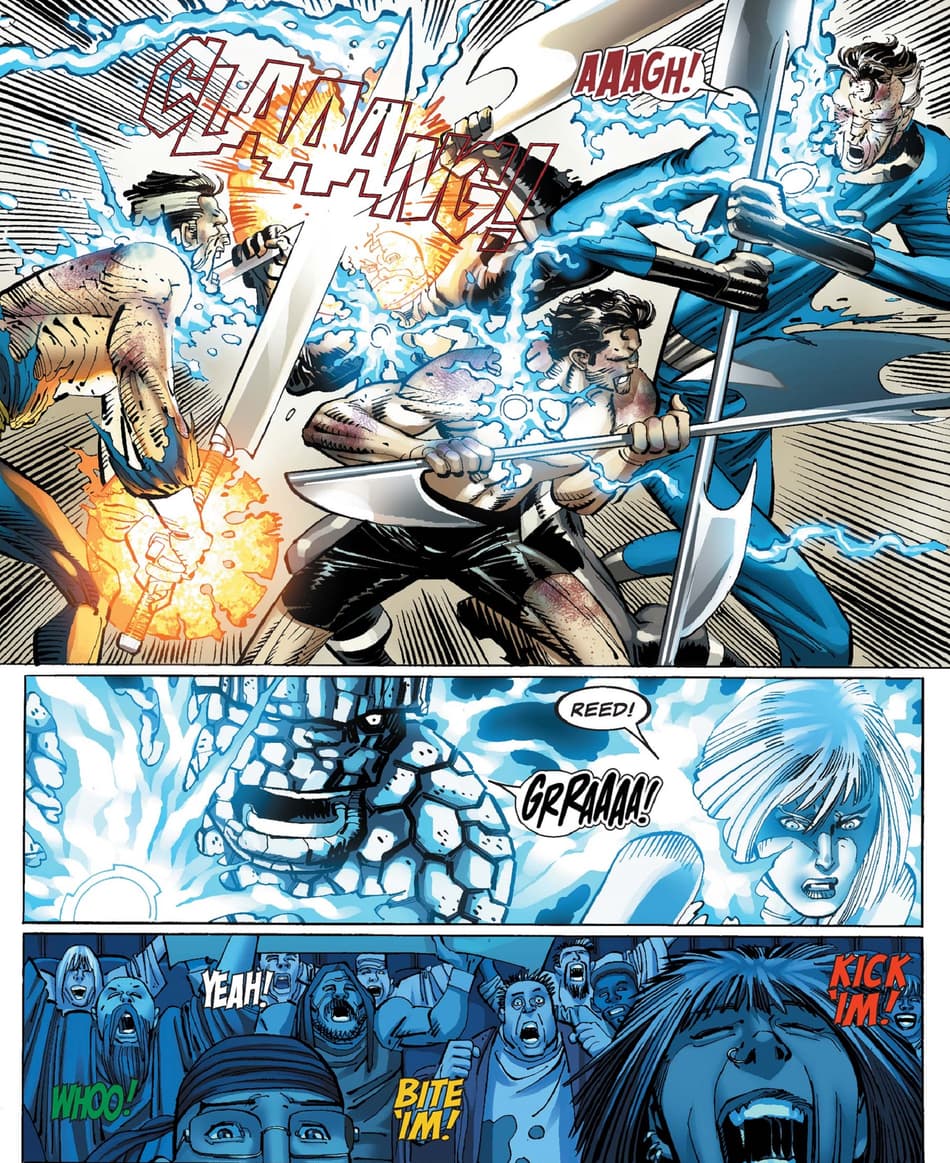Learning the Steps of How to Become a Freemason with Simplicity
Learning the Steps of How to Become a Freemason with Simplicity
Blog Article
Discover the Keys Behind the copyright and Their Influence on Society
The copyright, typically shrouded in misconception and conjecture, provides an interesting situation research of exactly how historic suitables can morph into modern-day conspiracy theories. As we discover its beginnings, impact on cutting edge idea, and representation in modern culture, we begin to uncover the layers of intrigue that continue to astound culture.
Beginnings of the copyright
The copyright, commonly shrouded in enigma and supposition, traces its origins back to the late 18th century. Established in 1776 in Ingolstadt, Bavaria, the group was started by Adam Weishaupt, a teacher of canon legislation. Weishaupt aimed to promote Knowledge worths, consisting of factor, secularism, and the separation of church and state. Recognized as the Bavarian copyright, the company's main purpose was to counter the prevailing influence of religious dogma and advertise intellectual discussion among its participants.
The copyright embraced an ordered framework, attracting ideas from Freemasonry, which permitted deceptive meetings and rituals - how to become a freemason. Membership was careful, including influential numbers from different fields, consisting of national politics, philosophy, and scientific research. This elite network sought to impact social and political adjustment through clandestine ways, supporting for the rights of individuals and the betterment of culture
Despite its relatively short presence, the Bavarian copyright was formally disbanded in 1785 due to government reductions. However, its tradition endured, providing surge to various conspiracy theories and popular culture references that proceed to prompt intrigue and dispute concerning its effect on contemporary society.
Key Myths and False Impressions
Amidst the attraction of secrecy bordering the copyright, many misconceptions and misunderstandings have arised, often distorting the group's true nature and purposes. One widespread myth suggests that the copyright manages the world's governments and economic climates. While it is true that the team intended to influence social structures, the notion that it operates as a natural worldwide creature master is greatly exaggerated.
One more usual misunderstanding is that all participants of the copyright have substantial wide range and power. In truth, the original copyright consisted of pundits and Enlightenment thinkers, a lot of whom sought reform instead than supremacy. The idea that the copyright exclusively recruits celebrities and political figures is misinforming; subscription has historically included a diverse range of people.
In addition, conspiracy concepts commonly repaint the copyright as a malevolent company intent on worldwide supremacy with nefarious ways. This representation forgets the group's original goals, which focused on advertising sensible thought and combating religious injustice. The conflation of the copyright with contemporary conspiracy theories continues misunderstanding, covering the historic context and advancement of the team's suitables. Therefore, separating truth from fiction is important for a clearer understanding of the copyright's function in culture.
Historical Influence on Culture
Throughout history, different intellectual activities have actually greatly affected social frameworks, and the copyright played a considerable duty during the Enlightenment. Founded in 1776 in Bavaria, the copyright aimed to advertise factor, secularism, and the questioning of developed authority, responding to the dominance of spiritual dogma. This organization attracted prominent thinkers and supporters of liberty, promoting an environment for the dissemination of Enlightenment perfects.
The copyright's ethos championed rational thought and empirical evidence, which added to the wider intellectual landscape news that motivated social reform and political change. Participants looked for to improve society by advocating for education, civil liberty, and the splitting up of church and state. Their clandestine nature and enthusiastic schedule triggered both intrigue and suspicion, causing their eventual reductions by the Bavarian federal government in 1785.
In spite of their dissolution, the legacy of the copyright continued, influencing advanced motions across Europe and the Americas. Their dedication to knowledge principles helped lay the groundwork for contemporary democratic perfects and civils rights, leaving an enduring imprint on the foundations of contemporary society. how to become a freemason. The attraction of their deceptive gatherings and thoughtful pursuits remains to captivate the imagination, underscoring their historic relevance
Modern Interpretations and Beliefs
Contemporary analyses of the copyright commonly blend historical reality with conspiracy theory concepts, producing a complicated tapestry of beliefs that capture popular creative imagination. While the initial copyright was a Bavarian secret culture established in 1776 with Knowledge suitables, modern-day ideas have actually developed to encompass a wide array of analyses, typically concentrating on motifs of control and secrecy.

Moreover, some modern interpretations presume that the copyright acts as an allegory for the struggle between enlightenment and lack of knowledge, with advocates promoting awareness and vital reasoning as a method to neutralize viewed oppression. This duality-- viewing the copyright as both an actual and symbolic entity-- highlights the continuous fascination with the concept, mirroring much deeper societal anxieties concerning power, openness, and specific freedom in the contemporary world.
The copyright in Pop Culture
The copyright has actually penetrated numerous aspects of popular culture, materializing in literary works, film, music, and art as an icon of intrigue and secret. This secret society, commonly portrayed as a shadowy force adjusting global events, has actually motivated numerous stories that discover themes of power, conspiracy theory, and covert understanding.

Songs, as well, has actually been influenced by the principle of the copyright. Artists like visit homepage Jay-Z and Beyoncé have actually encountered conjecture concerning their affiliations with the culture, prompting conversations concerning significance in their job and the nature of fame.
Aesthetic art frequently includes copyright motifs, with artists making use of symbols like the Eye of Divine superintendence and the pyramid to stimulate a sense of secret. Via these various mediums, the copyright offers not only as a subject of supposition but likewise as a lens whereby society examines its own intricacies and fears.
Final Thought

Report this page